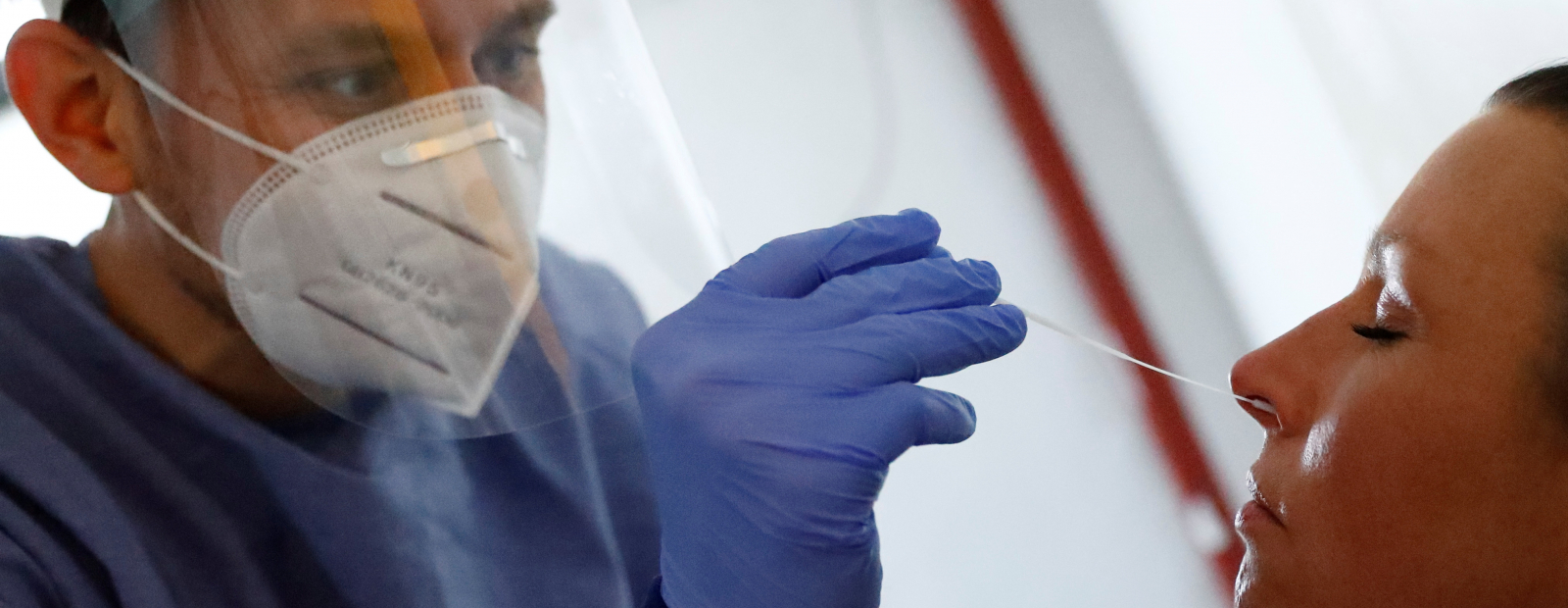A study conducted by researchers at the Indian Institute of Technology indicated that the Coronavirus lives on surfaces by clinging to thin liquid films, which provide insights into how the new coronavirus can survive for hours or days on hard surfaces under ambient conditions.
Attribute the study, published in the journal Physics of Fluids , The length of the novel coronavirus’s survival on the surface to the slow evaporation of the nanometer thin liquid film left after the large drop was evaporated.
Corona lives on rooftops–
The researchers said that being able to predict the survival of the new Corona virus on various surfaces could help prevent and contain the spread COVID-19While typical respiratory droplets dry up within seconds, the survival time of the Coronavirus on various surfaces during recent trials is in the order of hours.
The researchers suggested that this discrepancy indicates a difference in size in the time between the drying of the droplets and the residence time of a virus COVID-19 On surfaces, where the researchers describe how a nanometer-thick liquid film adheres to the surface, due to forces London-van der Waals , That allows a virus COVID-19 To stay for hours.
An associate professor of the study said: “Our thin-film transport model shows that the survival or drying time of a thin liquid film on a surface is in the range of hours and days, similar to what is observed in virus titers measurements.”

Since the longer the virus has a longer survival time corresponds to the increased chances of infection, the researchers said it is advisable to disinfect frequently touched surfaces, such as doorknobs or mobile devices, and inside hospitals and other areas prone to outbreaks.
They added: “We also recommend heating the surfaces, because even high temperatures for a short time, in which the surface is at a temperature higher than the ambient temperature, can help vaporize the nanometer layer and eliminate the virus.”
– .

